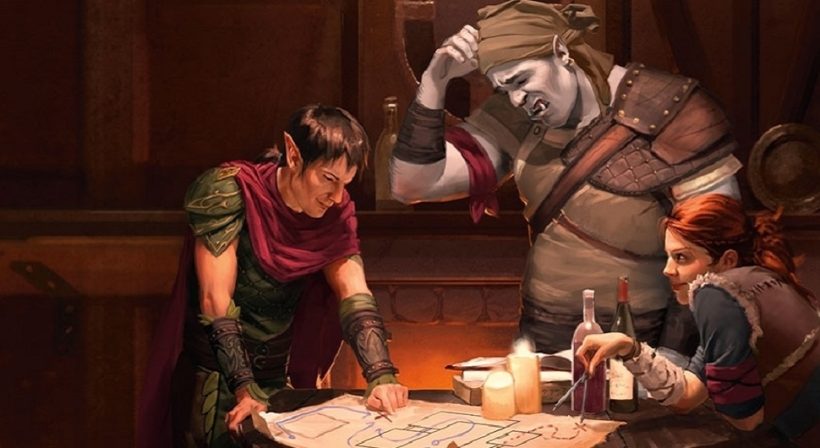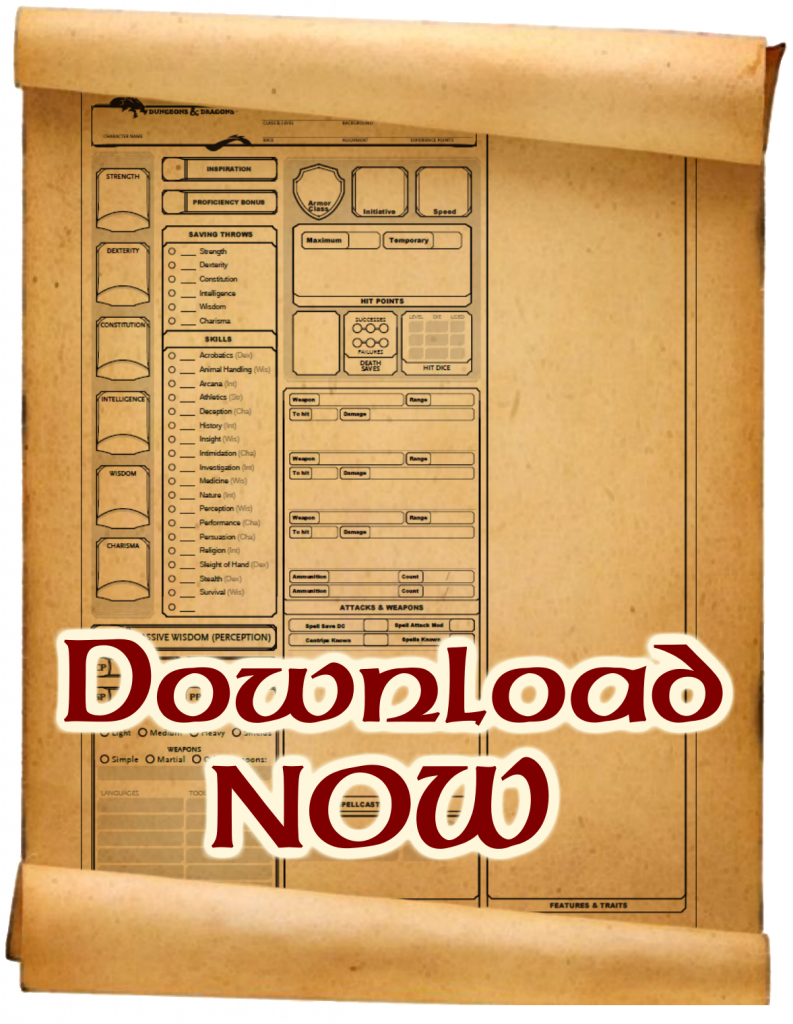If you haven’t read the first part of this article, you should. At least if you want this to make sense. In essence I explained why you shouldn’t run Lost Mine of Phandelver as your first time DMing. Instead you should run something that can be completed in one session, doesn’t include an overarching plot, and has expendable “test” characters for your players. In this article I will try to expand on this idea and give more details on running your first D&D session.
OK, I’ve decided to listen to you. Now what?
I’m glad you decided to accept my advice, imaginary voice in my head that writes the headings for these articles. I’m assuming you’ve generated a dungeon, characters and have called up your friends, setting a date, a place and a time to play. Enjoy this feeling as it is fleeting. Managing to bring a group of people with different schedules together to play D&D is hard work, but that’s a story/rant for another time.
For now we’ll focus on what to do just before you run the game.
Step 0 – Rules?
You should read up on some of the rules. I don’t mean that you should read the whole rulebook, but you should at least know what ability checks are, how turns in combat work etc. Your players don’t need to know any of it though. Just tell them at the start of the game that when you ask for a check they should roll a d20 and add the number next to the skill you asked a check for.
Then as the game moves forward, slowly introduce the rules when they become relevant. Taken some damage? There’s your HP. Want to attack? These are your weapons; add the number and tell me the result. You should keep things simple.
Step 1 – Decide if you want to play on a grid or not
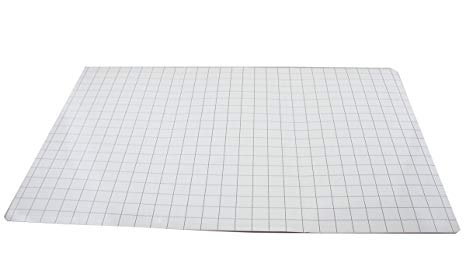
That decision is completely up to you, but for new players it might be useful to have a visible play area to move around on. It might also be useful for you as the DM, because you won’t have to keep track of everything in your head. You can immediately know if a character is in range of the monster it wants to attack, or if that sleep spell also affects any of the player characters.
New players also tend to think that they are playing against the DM, so having a grid alleviates some of that thinking. All of you can see where everything and everyone is after all.
I know what you may be thinking. Playing on a grid means miniatures, and miniatures are expensive. I agree that miniatures can be expensive, but playing on a grid doesn’t really require them. There are many options for representing characters and enemies. My latest favourite such method is using 1″ clear acrylic bases from Green Stuff World. These are very versatile, as you can write on them with a wet erase marker, and you only need a handful. They are also very cheap.
Even cheaper options include using dice, paper tokens etc. But all these methods assume that you will be printing the dungeon on 1″ scale. Depending on the size of the dungeon, that might be a lot of paper and a lot of ink. Another favourite method of mine is to print a dungeon along 2 pages of A4. I then tape them together and laminate the resulting paper. You now have a dry erasable surface you can use to write stuff on. You can represent characters by writing the first letter of their name, and monsters by using numbers. You can draw spell effect areas, and whatever else might be relevant. It’s easy, it’s quick and it’s cheap, which means it’s perfect for your first D&D game.
Step 2 – Get some dice
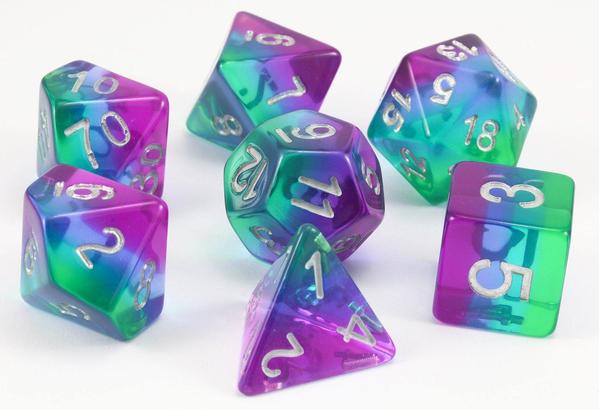
You’ve printed (or not) your dungeon, and game day is just around the corner. If you’ve already bought the D&D Starter Set you’ll have a set of very nice dice. You can definitely share them with everyone around the table but that will quickly become tiresome. I recommend getting a pack of cheap dice from Amazon. There are many options including 6 or more sets of dice of different colors. Some of these packs also include little pouches which are very useful. They are cheap and they will be a nice gift to your players. When they buy their own dice you will know they are hooked to the game.
Step 3 – Learn your dungeon

If you’ve read the first part of this article, you’ll see that one of the main reasons for kind of failing on running LMoP was that I hadn’t read the adventure as thoroughly as I should have. Little details came up that I should probably had known about and didn’t. This is the main reason I recommended running a small dungeon as your first D&D game. It’s much easier to wrap your head around some set areas the players might explore.
That doesn’t mean you shouldn’t know your dungeon though. This doesn’t have to be hard work. If you generated the dungeon using donjon, then the notes for running it shouldn’t be more than a piece of paper. You should read that piece of paper until you have an idea of what happens in each room. That doesn’t mean that you should memorize every monster stat and every nook and cranny of the dungeon, but it does mean that you should be able to at least know where to look to find that information.
What helps me remember stuff like that is writing it down from scratch using my one note-taking style. I use bullet points and headings to organize the information in a way that makes sense to me. This whole step can be done a few hours before the actual game. It isn’t something you should really stress about.
Step 4 – Actually starting
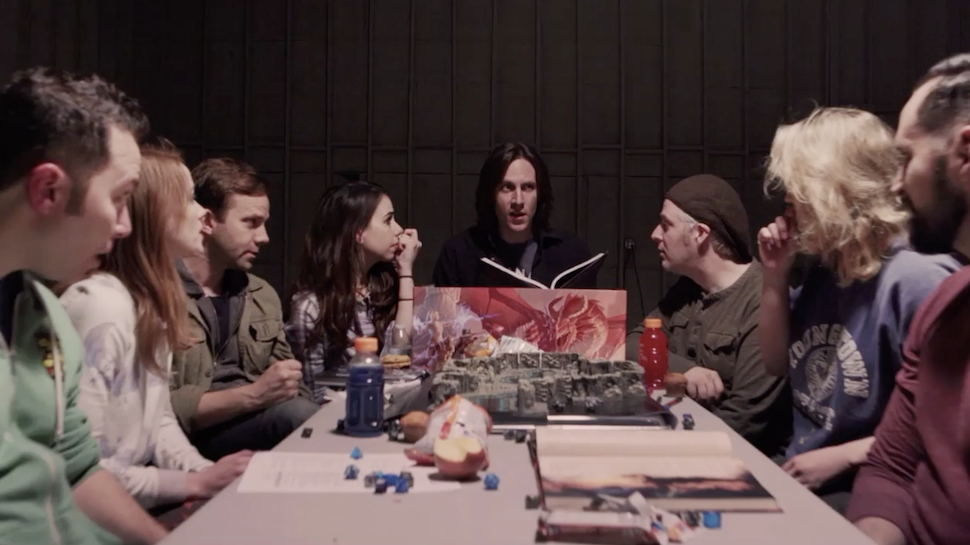
You are all around the table, character sheets and dice in front of the players, notes in front of you, drinks and snacks at the center of the table. If these people are your friends, then chances are that there will be chit chat. That’s not a bad thing. Meeting with friends is fun, and the whole point of D&D is to have fun.
But you’ve invested time and maybe money on this game, and you would actually like to get started. What I recommend doing is just going around the table and asking the players to describe their characters. The descriptions should be about how they look. The players are meeting these characters for the first time in a gaming scenario and they don’t know much about their personalities yet. So stick to outwards appearance at first, unless someone really wants to go deeper. Ask them what they are wearing, the color of their hair and eyes etc. This way you create a connection between the player and the character and help their mind switch to roleplaying mode. It’s easier to act something out if we have a clear picture in our head.
If their race is something they are not familiar with, you can look up a few pictures on your phone just to give them some inspiration.
Step 5 – During the game
There is another reason I recommended running this dungeon using disposable characters. It’s because new players very often feel awkward roleplaying. It’s only natural and it takes some time to get used to it. Even as a DM I’ve had this problem, when acting out female NPCs for example. I felt silly even slightly changing my voice and mannerism.
But there is a way to actually get your players to roleplay without even realising it. Ask them to describe the finishing blow.
I think almost everyone finds killing monsters cool. So giving them the chance to describe exactly how they kill the monster, puts the players in a position of power. I’ve had new players actually get up and show me how the wield their axe on the head of that goblin, splitting it in half.
It doesn’t even need to be that violent because this method gives the player complete control of their character’s actions. If they don’t like violence, then they may describe killing the monster quickly and then looking away from the corpse.
These descriptions usually start as simple ones but as the game goes on you’ll see that they players will start to describe more and more elaborate scenes. Let them. It helps them connect to their character in a profound way, and by the end of the game they know a lot more about them than just how they look.
By the next session the players will be a lot more inclined to roleplay even outside of combat. It may take some players more time to do so and that’s ok. You shouldn’t push them but consider rewarding roleplaying by giving them inspiration the first few times they do it.
As a bonus, you’ll also feel a lot more relaxed roleplaying NPCs that are outside your comfort zone without feeling embarrassed.
Step 6 – Have fun
This is probably the most cliched thing I could write but it rings true. It’s ok if you don’t know all the rules, or if the characters don’t use all of their cool abilities. It’s the purpose of this first session after all. Take a note of the situations where you needed a rule, and just read up on it after the game. This provides context to the rules (something that was lacking for me when I run LMoP) as your mind frames them around the particular situation.
Also, if the players do some stuff that seem overpowered to you, just don’t worry about it. You’re trying to sell them on the game so it’s ok if their first experience with it made them feel more heroic than they are. The purpose of your first session of D&D is to just have fun, eat some snacks and drink some beer with friends. The rest comes later.
The Dungeon Master is a very rewarding role in my opinion, but it can look like a daunting task and that is no exaggeration. By writing this I hope to inspire at least some of you reading to try it.
